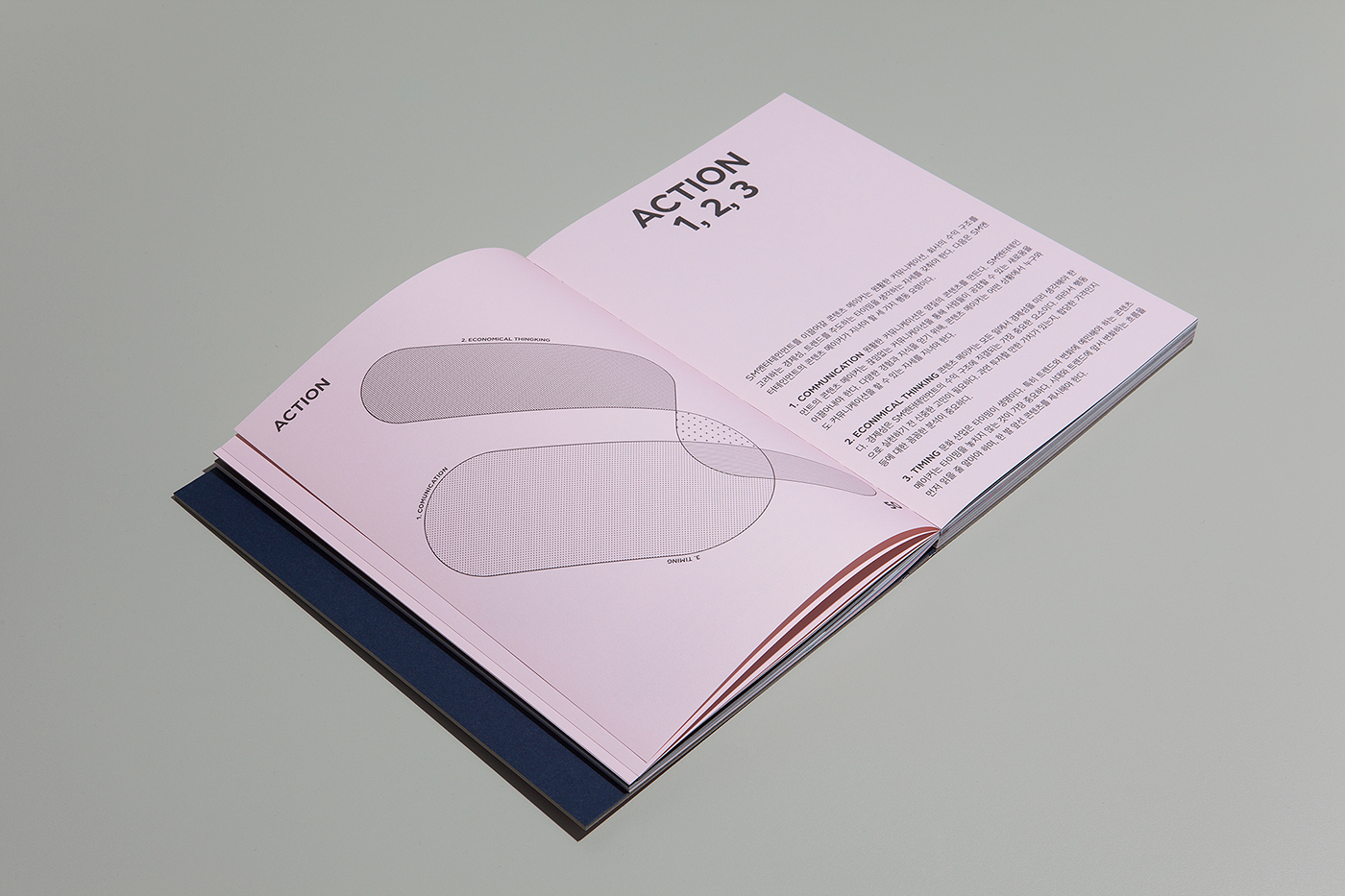

A child may also say that they are not a boy or a girl, but just “themselves” because they don’t want their sexual characteristics to define who they are. For example, a child born with female genitalia may identify as a boy. Transgender: When a person’s gender identity is not the same as the assigned sex at birth, they may be referred to as “transgender” (often shortened to “trans”). Sexual orientation: This refers to sexual or emotional attraction that one feels for another person. Gender expression: This is how you express your gender to others, whether through behaviour, clothing, hairstyle, the name you choose to go by, etc. Words to describe someone’s gender expression could be “masculine,” “feminine,” “androgynous,” etc. A person’s gender identity can be masculine, feminine, or other. It is important to know that gender identity exists on a spectrum. Gender identity: Gender identity is “who you know yourself to be”. A child who has a vulva is said to be female. A child who is born with reproductive or sexual anatomy that doesn't fit the description of “female” or “male is referred to as an intersex child. A child who has a penis is said to be male. Sex at birth: When children are born, sex is assigned based on external genitalia. What we mean by gender: Some useful definitions It's important to remember that each child is unique and may develop at a different pace.

This article discusses how gender identity typically develops and how parents and caregivers can promote healthy development of gender identity and expression in children. Children begin to understand and express their gender identity early in life. Gender identity refers to the deep and intimate feeling a person has of themselves.


 0 kommentar(er)
0 kommentar(er)
